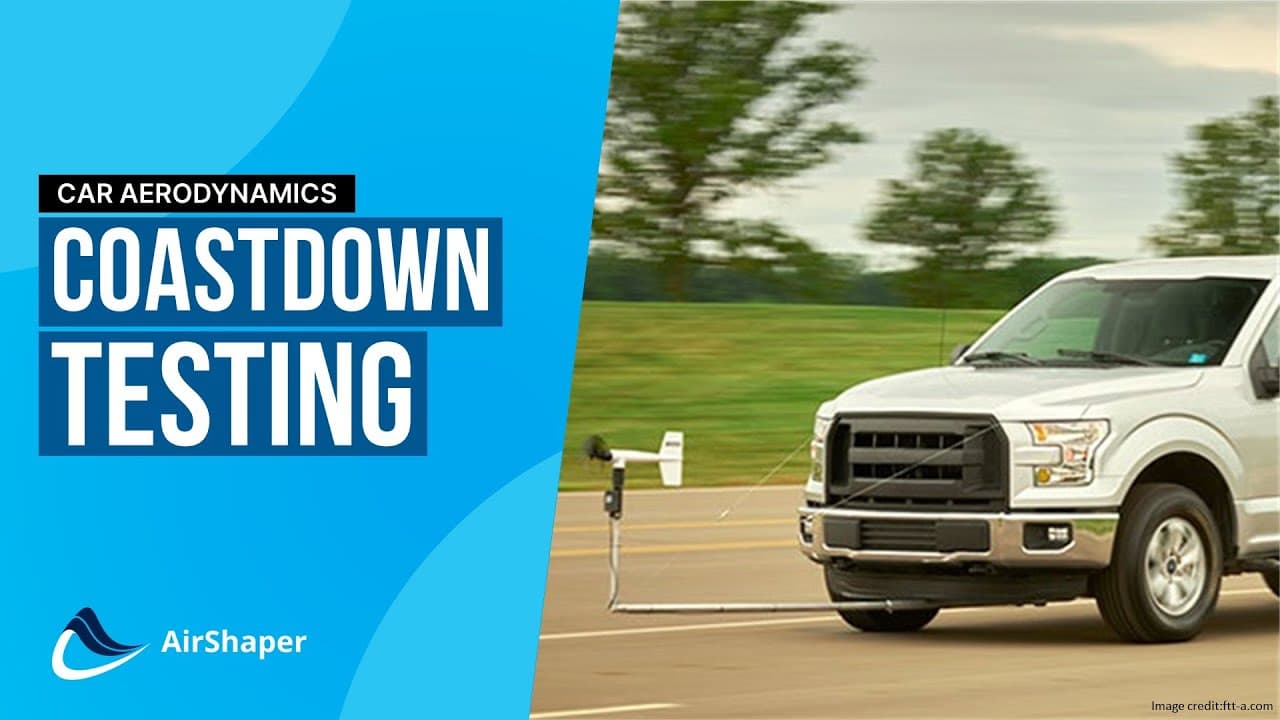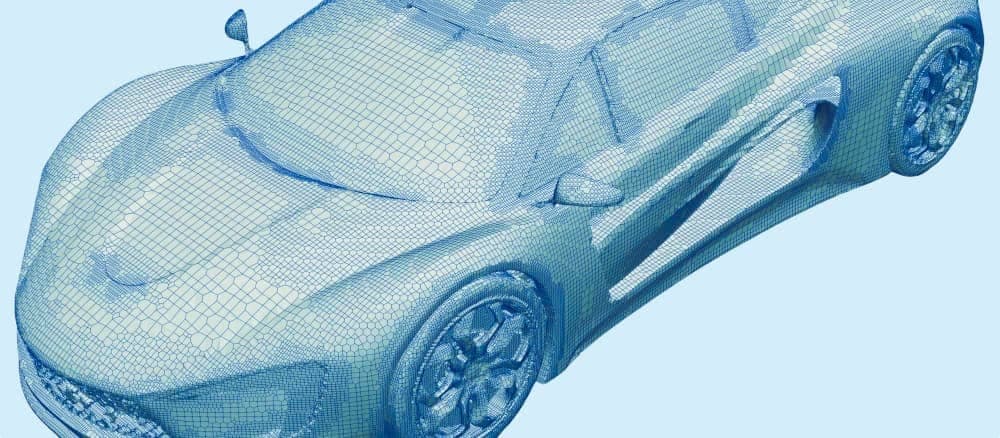What is coastdown testing?
A coastdown test is one of the most common tests in the automotive industry. It is a way of measuring the mechanical and aerodynamic resistance that acts on a vehicle.
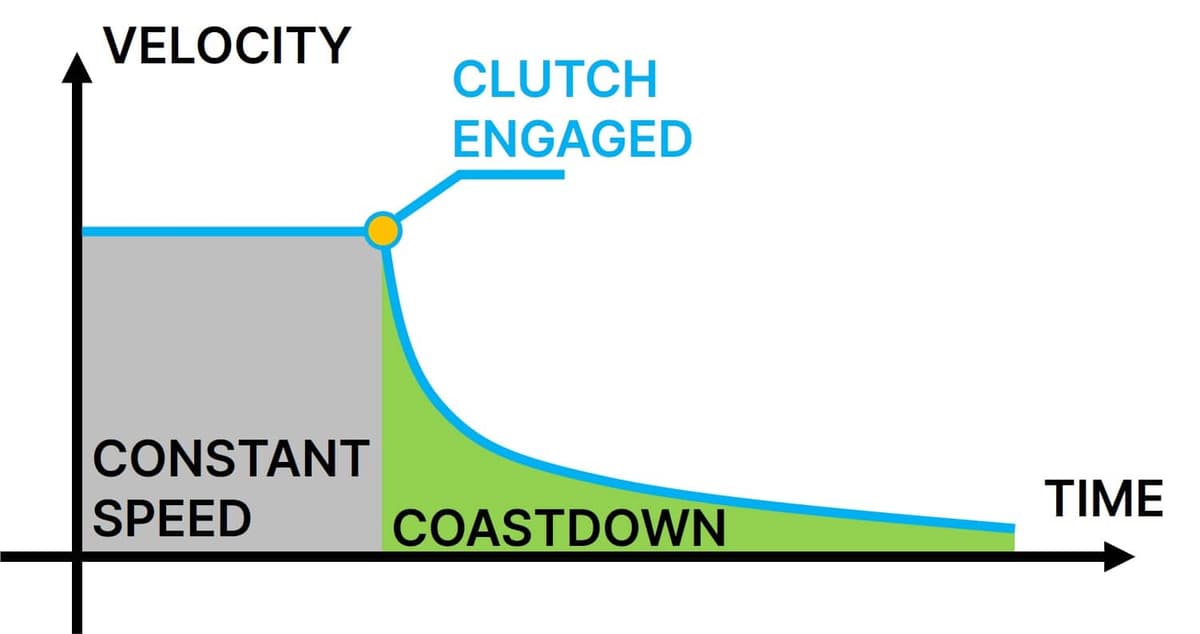
The vehicle is accelerated to a particular speed and once constant, the clutch is engaged. The vehicle is then allowed to slow or 'coast' down in neutral. By recording the distance travelled and the time taken, the aerodynamic drag can be calculated.
How to calculate the drag coefficient?
For simplicity, let's assume the vehicle is slowed down by only two forces: 1) mechanical resistance and 2) aerodynamic resistance. Mechanical resistance is primarily due to the rolling resistance of the tyres and therefore remains constant, regardless of the vehicle's velocity. Whereas aerodynamic resistance changes with the square of speed. In other words, drag force has less of an affect at low speeds, but a large affect at high speeds.
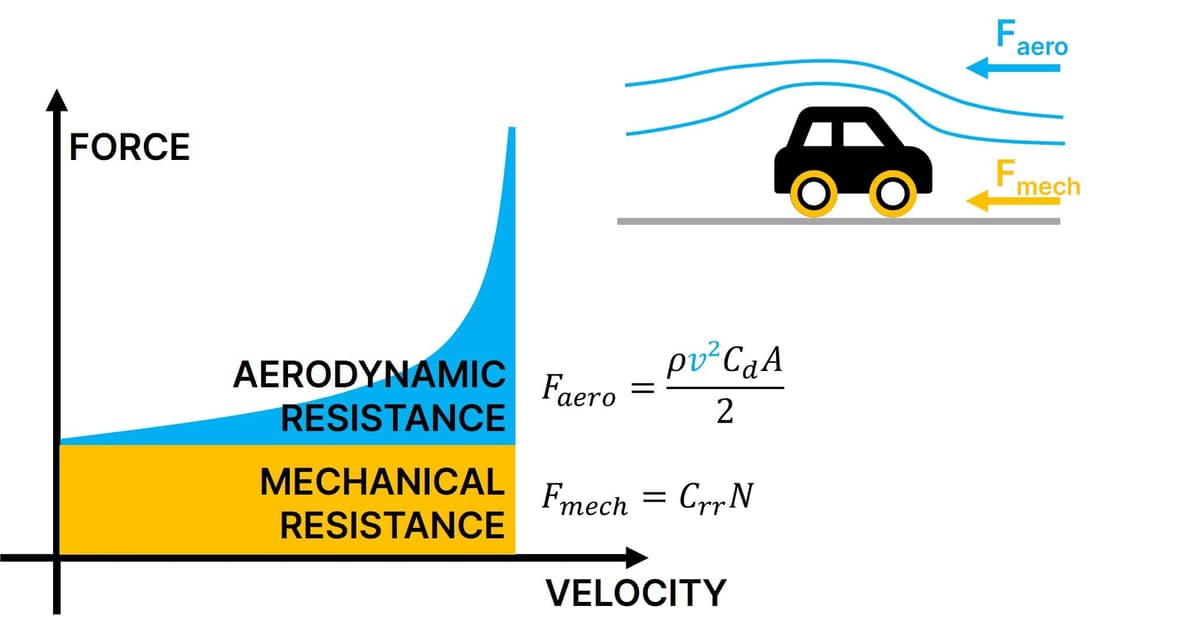
Newtons 2nd law states that the acceleration of an object is directionally proportional to the sum of the forces acting on it. Applying this to our simplified coastdown test, we get an equation which includes a rolling resistance coefficient, Crr and a drag coefficient, Cd.

So how do you calculate the value of two coefficients from a single equation with only one measurement? First, let's look at two extremes:

(1) No aerodynamic resistance.
If the vehicle completed a coastdown test in a vacuum, where there was no air resistance, then only the mechanical resistance would slow it down. Therefore, the car would decelerate at a constant rate, resulting in a linear deceleration curve.
(2) No mechanical resistance
If the vehicle had no rolling resistance and so only the aerodynamic resistance was slowing it down, then the deceleration curve would be non-linear. The car would decelerate faster at high velocity and slower at low velocity.
In reality, the measured curve from your coastdown test would be a combination of both. You can then adjust the coefficients to alter the shape of the curve until the measured curve matches the predicted curve. This process is called least squares regression. Overall, you will end up with a value for aerodynamic drag and a value for mechanical resistance.
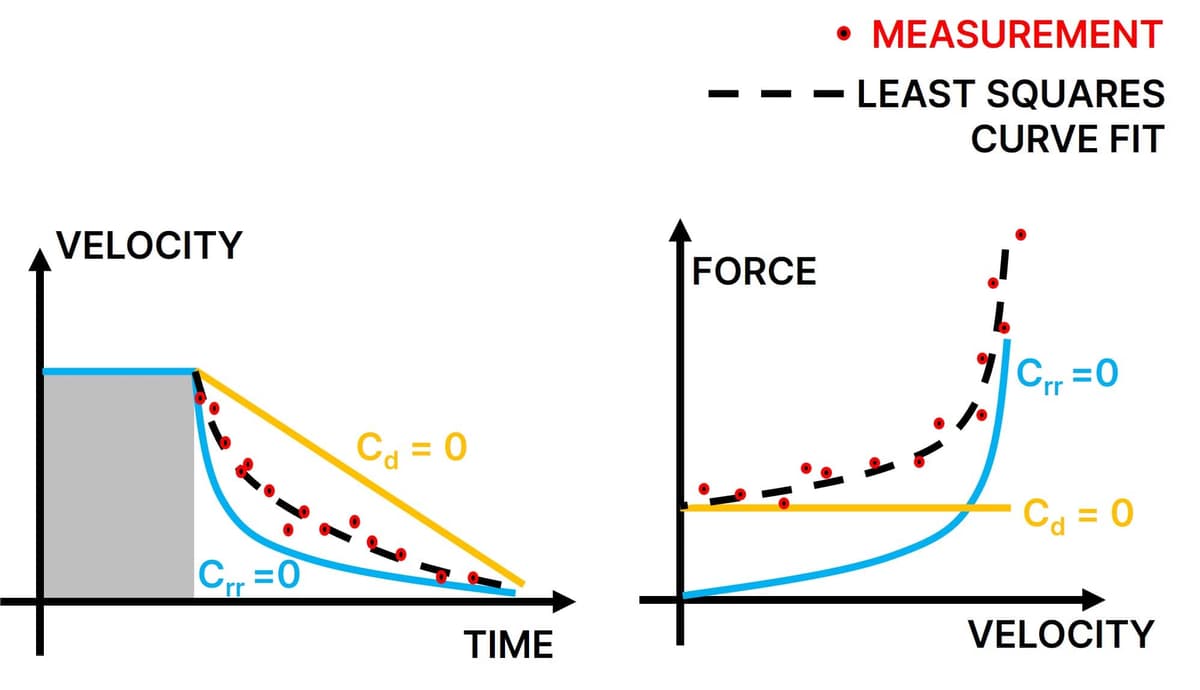
As ever in aerodynamics it is unfortunately not that easy. In reality, the equations mentioned above are much more complex. They need to account for factors such as mechanical resistance in the drivetrain, ambient conditions, wind direction, gravitational force and rotational inertia.
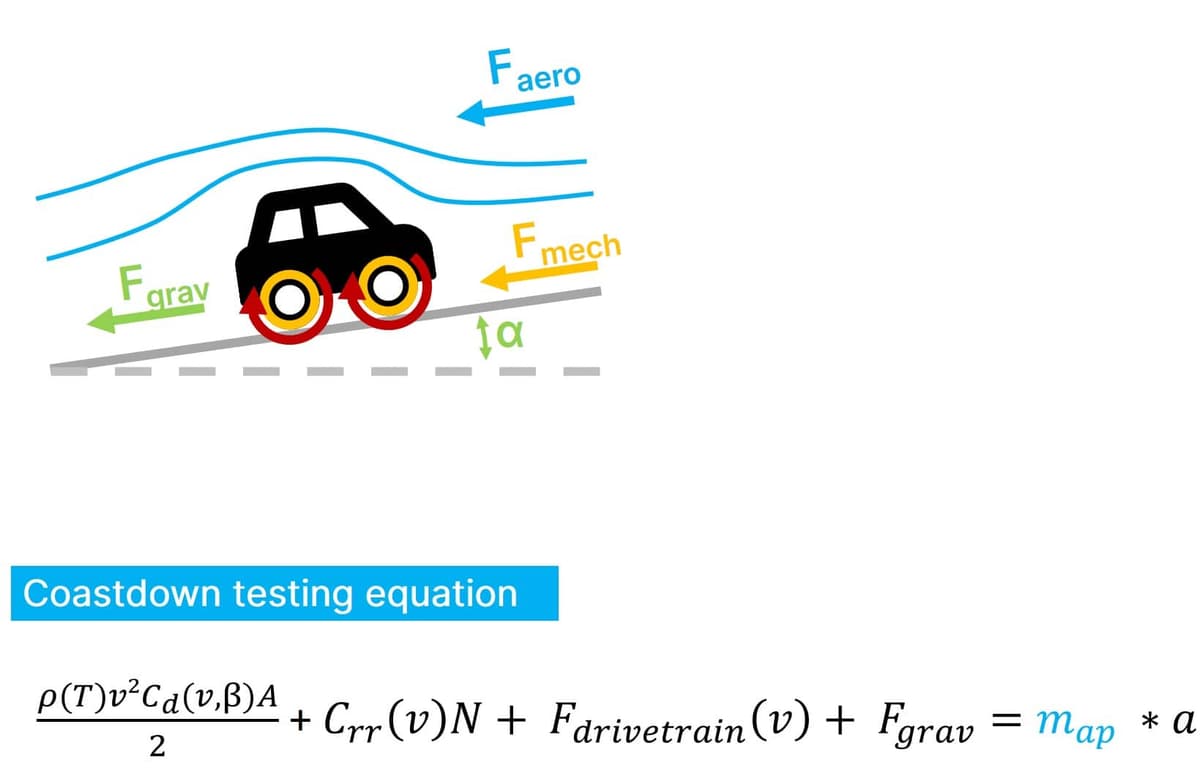
Yet, despite its complexity, coastdown tests are an industry standard for determining the performance of a vehicle. So, if you want to find out the drag coefficient of your car, why not use your cell phone's GPS and some Excel magic to conduct your own coastdown test?
